The most effective a part of tenting is spending a restorative weekend snuggled in a sleeping bag below the celebrities. The toughest half? Determining the place and if you’re allowed to do it.
On this piece, we clarify the 2 predominant sorts of tenting obtainable within the U.S. (dispersed and designated) and supply a breakdown of the professionals and cons—like price, availability and comfort—of pitching a tent in numerous locations, from personal campgrounds to nationwide parks. To assist us higher perceive the vary of choices obtainable, we’ve tapped two consultants: Justin Inglis, a former out of doors packages and out of doors market coordinator on the REI retailer in Flagstaff, Arizona, and Casey Excessive, a multiday information with the REI Co-op Journey Heart.
However earlier than you head out in your subsequent journey, an vital reminder: All land is Place of birth. Tens of millions of Indigenous individuals inhabited this continent lengthy earlier than Europeans colonized North America. As settlers surged all through the U.S., they forcefully eliminated Indigenous peoples from their ancestral lands and pushed them onto reservations (which usually have their very own cultural significance as nicely). As we speak, many vital Indigenous landmarks are integral elements of tribal lands and parks programs, and it’s vital to respectfully camp and recreate on Native lands. To study extra, take a look at this information.
At a look:
Designated Versus Dispersed Websites

Earlier than diving into the assorted land choices obtainable for tenting, first determine whether or not you’re considering designated or dispersed campsites. The experiences between the 2 might be fairly completely different. Wilderness areas, for instance, are excellent dispersed locations to camp in case you’re searching for a quiet evening off the grid. In case you’re relying on picnic tables and a scorching bathe on the day’s finish, you’d be higher off tenting at designated campgrounds in nationwide or state parks. Right here’s a high-level breakdown of how these two sorts of websites differ.
Designated Websites
Designated websites are normally positioned at developed campgrounds and should include facilities like bathrooms, picnic tables and handled water. Some campgrounds enable reservations; others are first come, first served. Most cost charges and are comparatively simple to entry with out a four-wheel drive automobile. People who find themselves new to tenting, need amenities or providers close by (like potable water or a guests heart) or lack sure gear, like water-treatment gadgets, might choose designated websites.
Dispersed Websites
Usually, dispersed tenting—tenting outdoors of a developed campground—could also be higher for campers who love seclusion, spontaneity and self-sufficiency and don’t thoughts roughing it a bit. Dispersed tenting can imply automotive tenting at a pullout alongside a forest highway, overlanding in a distant spot or backpacking right into a primitive website within the backcountry. Finding a spot to pitch your tent usually requires a bit of exploration: You’ll wish to camp on naked soil, when doable, search out beforehand impacted areas and pitch your tent 100 ft away from any water supply. (Examine the best way to choose a campsite right here.) These rustic websites usually don’t have any facilities, save for the odd pit bathroom, so campers ought to carry all of the provides they’ll want.
Be ready to deal with water or carry sufficient with you. Inglis recommends 2 gallons of water per individual every day for ingesting, cooking and washing chores. As a result of most dispersed websites lack providers or facilities like trash cans, bathrooms, hearth pits and tent pads (designated flat surfaces), it’s much more vital to grasp the Depart No Hint Ideas to reduce your impression, he says. As an example, you’ll wish to perceive the place you’ll be able to pitch your tent, the place to go to the toilet within the woods, the best way to eliminate trash and wash dishes, and different guidelines.
Regardless of your choice, each designated and dispersed tenting choices can be found in all kinds of land-management areas: nationwide, state and native parks, nationwide forests, Bureau of Land Administration (BLM) areas, tribal lands and personal property. “Know what kind of land you’re stepping onto,” says Inglis. “Tenting guidelines and choices differ with every one.”
Nationwide Parks
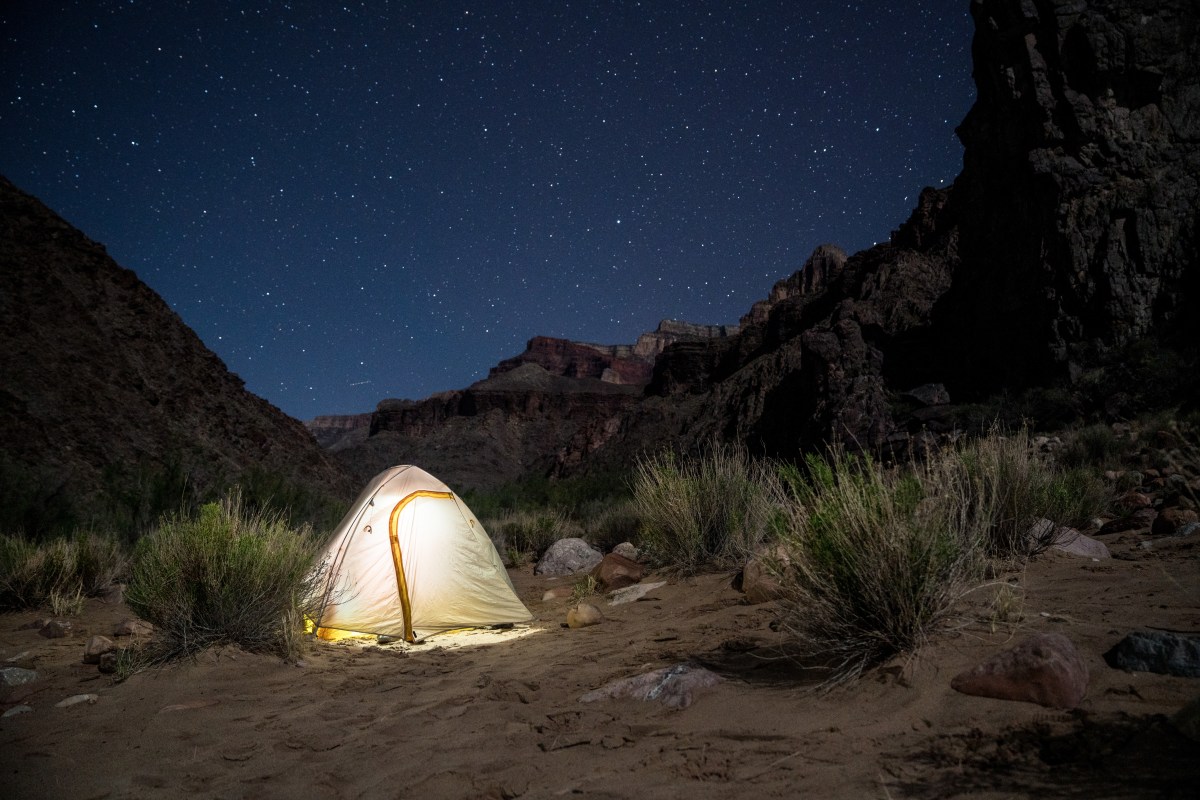
Designated campgrounds in nationwide parks are nice for lots of causes: They’re typically accessible by automotive, outfitted with ample conveniences (some embrace Wi-Fi, guests facilities, ranger-led packages and laundry providers), are simple to search out and are typically pet-friendly. Individuals with disabilities can affirm which nationwide park campground websites are accessible forward of time.
One other profit is that tenting in nationwide parks is well-suited for campers of all ranges, Excessive says: “[A national park is] an awesome place to start out tenting in case you haven’t had a lot expertise, and it’s a enjoyable place to camp in case you’ve been tenting a very long time.”
Value
Nationwide parks supply a number of the most scenic tenting, however anticipate to pay a bit of extra for these views—campsites right here might be dearer than different choices. The campground costs in nationwide parks differ broadly, relying on the park and the kind of website you’re reserving. As an example, a primary nonelectric tent website at Camp 4 in Yosemite Nationwide Park may run you $10 per evening, whereas the same nonelectric website might price $30 per evening at Loft Mountain Campground in Shenandoah Nationwide Park close to Washington, D.C. For particular person websites, anticipate to pay between $10 and $50 per evening. Many nationwide parks additionally cost an entrance payment, which may price as much as $35 per automobile. Nevertheless, many different parks are free to enter, together with North Cascades Nationwide Park in Washington state, Redwood Nationwide Park in California and Nice Smoky Mountains Nationwide Park, which straddles Tennessee and North Carolina.
Prep
Of all of the campsites obtainable on public lands, these at nationwide parks appear to refill quickest. That is very true throughout peak season, so that you’ll wish to analysis upfront to search out out when reservations open and attempt to e book as early as you’ll be able to. An excellent place to start out is to test the person park web site or overview the “season and costs” tab of amenities on Recreation.gov. Reservations at many nationwide parks, just like the Grand Canyon, Yellowstone or Nice Smoky Mountains, open six months upfront. Others have shorter reserving home windows.
Not in a position to snag a reservable campsite for the summer season? Don’t fear: Many campgrounds supply websites solely on a first-come, first-served foundation. And a few, like Yellowstone, make a portion of their campsites obtainable to e book two weeks upfront, so it pays to know the foundations and mark your calendar. It’s also possible to name the park and ask about cancellations or think about exploring lesser-known campgrounds.
Nationwide parks may additionally have dispersed tenting obtainable within the backcountry. You’ll probably want a backcountry (or wilderness) tenting allow, and every park could have completely different charges and processes for acquiring these. Some are free and might be acquired on the day of your journey, whereas others require a reservation upfront. Some backcountry tenting permits are so standard you might have to undergo a lottery course of, which doesn’t assure you a spot. Prices usually embrace the worth of the allow itself in addition to a per-person, per-night payment. A backcountry allow in Canyonlands Nationwide Park, for instance, prices $36 for the allow reservation plus a payment of $5 per individual, per evening.
State and Native Parks
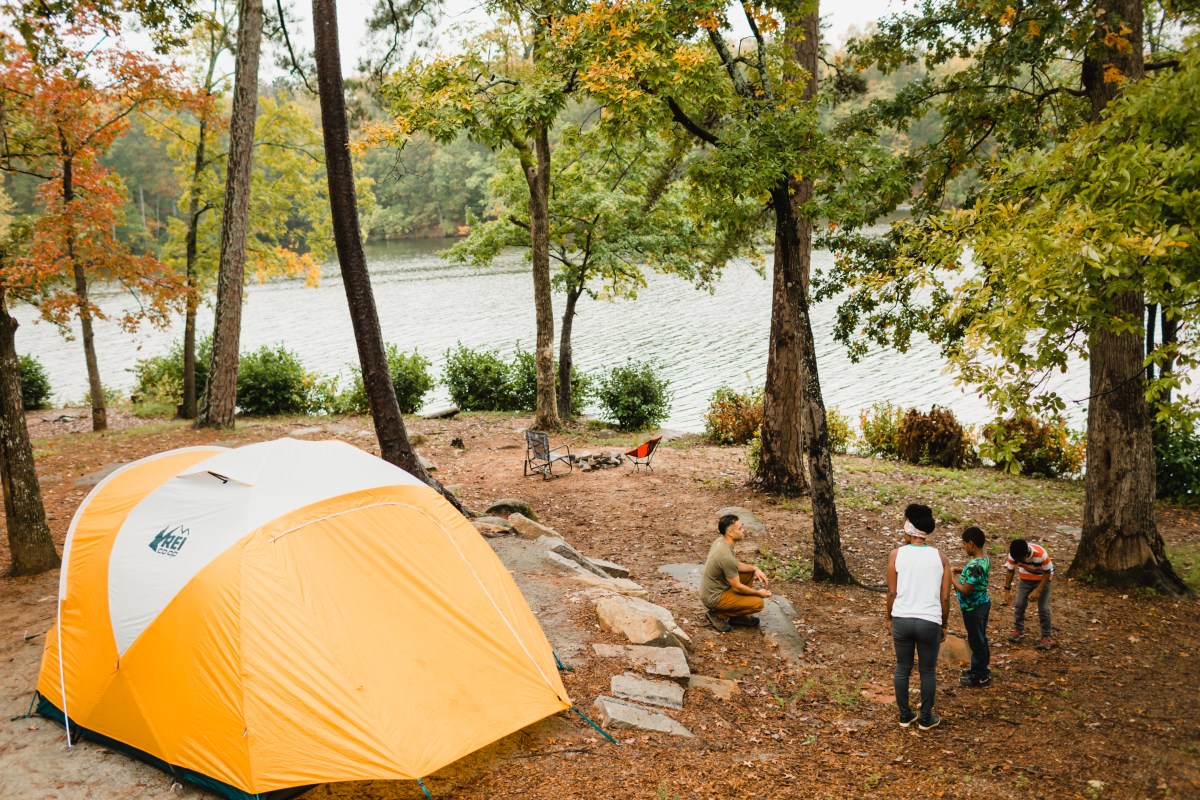
Trying to camp nearer to residence? Think about native or state parks. These might have extra websites obtainable in comparison with nationwide parks and may give you an appreciation on your native space.
Value
State and native parks have comparable charges to nationwide park campgrounds, however—like most choices on this checklist—this varies by state, park and the kind of campsite. A primitive paddle-in website in Pennsylvania may be $15 per evening whereas a normal nonelectric tent website in North Carolina might run anyplace from $20 to $40 per evening. Do you reside in the identical state because the park you’re visiting? Excellent news: You could qualify for a less expensive price. Nightly tenting charges for the park’s in-state residents are typically extra inexpensive than these for out-of-state guests.
Prep
Whereas many state parks have open and closed seasons, some primitive state park campgrounds could also be open year-round, though these websites usually don’t have any potable water or different facilities. Deliver money—particularly small payments—when visiting these campgrounds, as many pay stations function on a cash-only honor system and are checked by park personnel later within the day. Some state parks require on-line reserving upfront, however many present first-come, first-served websites which are nice for last-minute holidays and guests with versatile itineraries. Individuals with Disabilities Act (ADA) compliance, family- and pet-friendliness, and facilities differ by state and park, so do your analysis forward of time to know what you’ll be able to anticipate earlier than you camp. Your quickest and best choice for confirming any of the above is to name the park’s guests heart. For extra data on adaptive tenting, take a look at our Information to Adaptive Tenting.
Nationwide Forests and BLM Lands
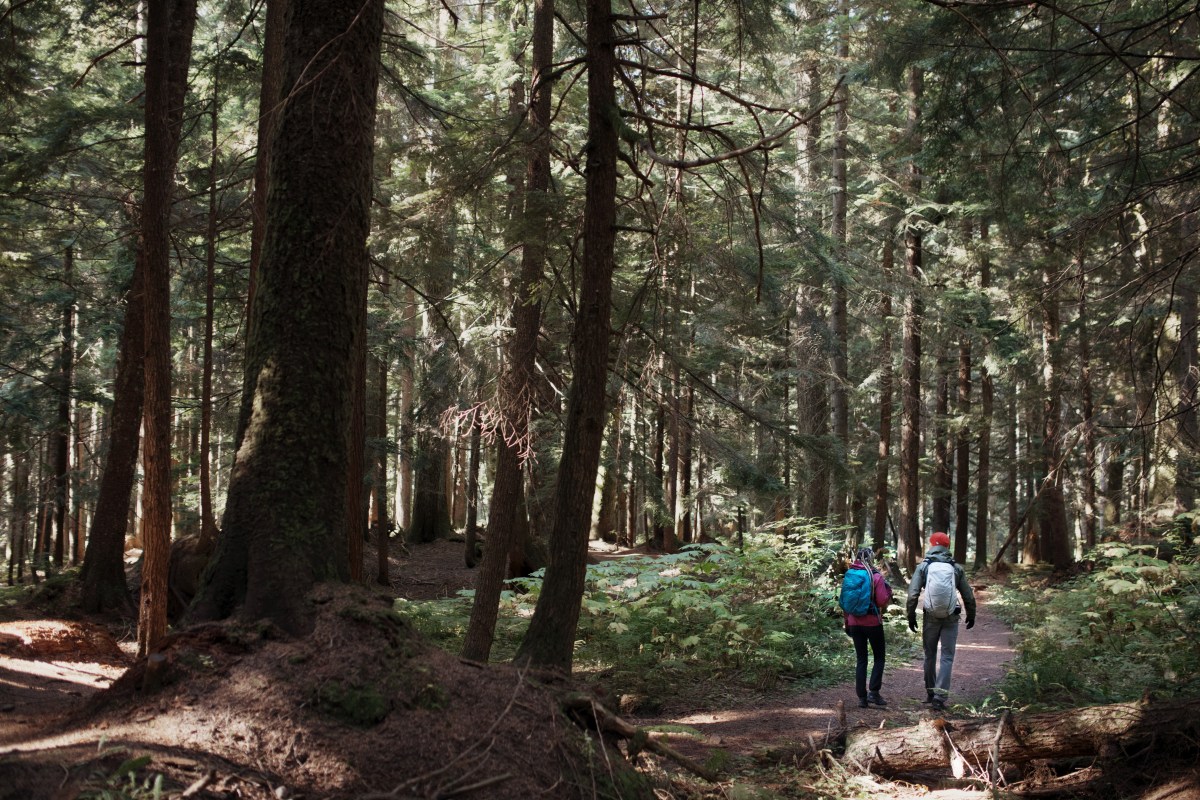
Dispersed tenting is broadly obtainable in nationwide forests and on Bureau of Land Administration (BLM) lands, each of which even have some designated campgrounds. “The final rule,” says Inglis, “is which you could camp nearly anyplace that’s not a chosen website or particularly listed as off-limits for tenting.” Try the web site of the forest or BLM unit you propose to go to to search out out its particular person guidelines. Remember to learn the Alerts & Notices hyperlink on nationwide forest web sites. For details about automobile accessibility, discover the Motor Automobile Use Map hyperlink (below the Maps & Publications part).
So, what’s the primary distinction between nationwide forests and BLM lands? “Assume logging versus mining and grazing,” Inglis says. “Forests could have bushes and greenery, whereas BLM items could have rocky, windswept landscapes.”
Value
Dispersed tenting on nationwide forest and BLM lands is free and open to whomever units up camp first. In case you’re making an attempt to camp throughout a vacation or a fair-weather weekend, think about in search of a website earlier within the day, as roadside dispersed tenting can refill quick if it’s simply accessible or close to a city. You’ll be able to keep at anyone website for a most of 14 days. Websites at designated nationwide forest campgrounds run about $20 to $30 per evening and may both be reserved forward of time at recreation.gov or secured on the day of in individual.
Prep
Tenting within the nationwide forest is finest suited to of us who already really feel assured tenting as a result of, Excessive says, you’ll must be solely self-sufficient on the market. Along with being ready with the necessities—together with meals, water and shelter—Excessive says it’s vital to know environmental components too. “Is [the campsite] in a flash flood space? Is it the time of 12 months for flash floods? Are you tenting above treeline within the summertime and going to wish to be careful for lightning storms? You’ll simply have a greater time [camping] if you recognize what you’re entering into.”
Tribal Lands
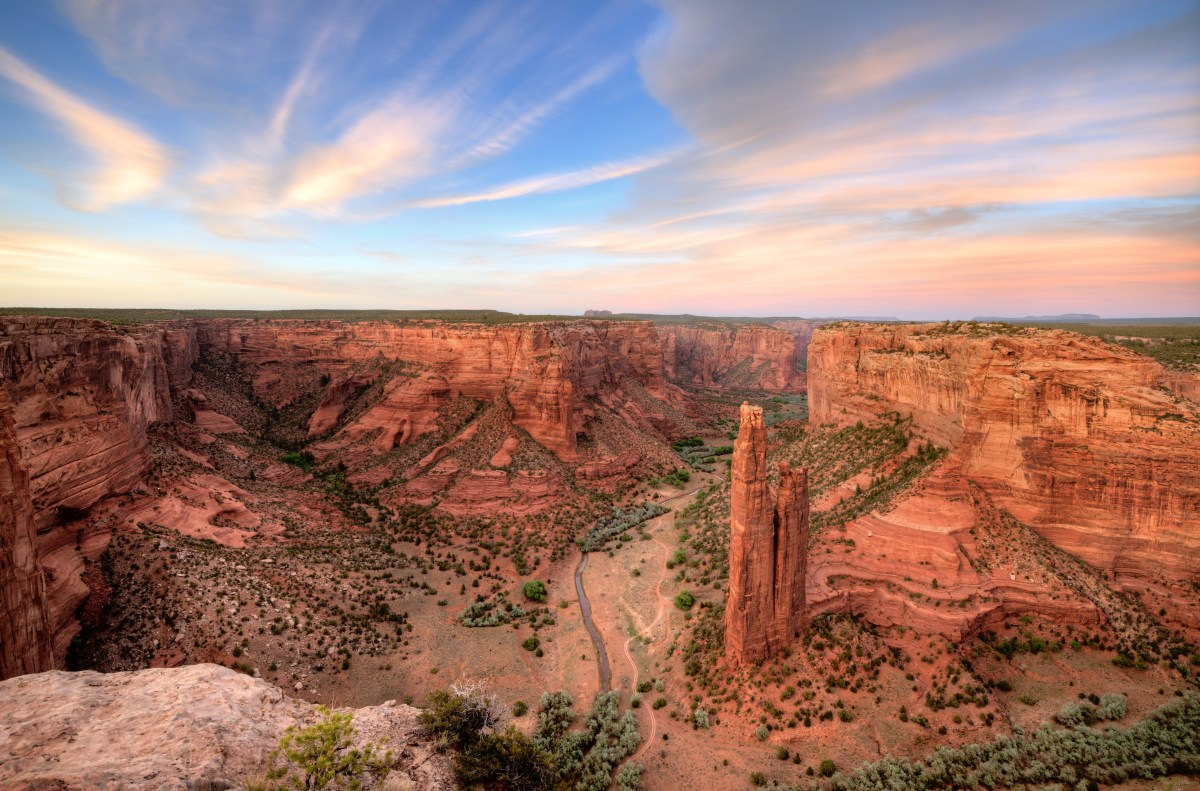
Tenting on tribal lands might be a chance to study in regards to the cultural historical past of the tribes who reside there. However earlier than setting foot on tribal land, do your homework. In spite of everything, tenting on tribal lands is a privilege to nonmembers, not a proper, and must be handled with the utmost respect. “You’re tenting on another person’s sovereign land,” says Excessive. “That must be stored in thoughts, all the time.”
Value and Prep
Totally different Indigenous teams could have completely different guidelines round tenting, and a few might prohibit it outright. In Canyon de Chelly Nationwide Monument, for instance, you’ll have to abide by each nationwide park and Navajo Nation Parks and Recreation necessities as a result of the nationwide monument exists throughout the Navajo Nation boundaries. Based on Danielle Yazzie, packages and tasks specialist for Navajo Parks and Recreation, this implies potential campers will want a backcountry allow, which prices $8 per individual per day (and doesn’t embrace park entry charges), in addition to a Navajo-approved tour information to escort guests throughout their time within the canyon. Yazzie says the tour information mandate is crucial not just for preserving delicate and sacred websites within the canyon, but additionally defending the privateness of Navajo households who proceed to reside there. “Since there isn’t a particular tenting or established tenting space contained in the canyon, [some] teams normally stick with a neighborhood household,” Yazzie says. “We require a signature from the land use proprietor permitting their land for tenting. That’s one crucial requirement. If that isn’t obtainable, then we don’t challenge that let.”
All the time test the tribal lands’ web site or name the primary workplace nicely forward of your go to. Within the case of Canyon de Chelly Nationwide Monument, Yazzie says some backcountry permits might be acquired the day of a visit, however Navajo Parks and Recreation prefers to have backcountry allow functions not less than 30 days upfront of a keep.
Personal Lands
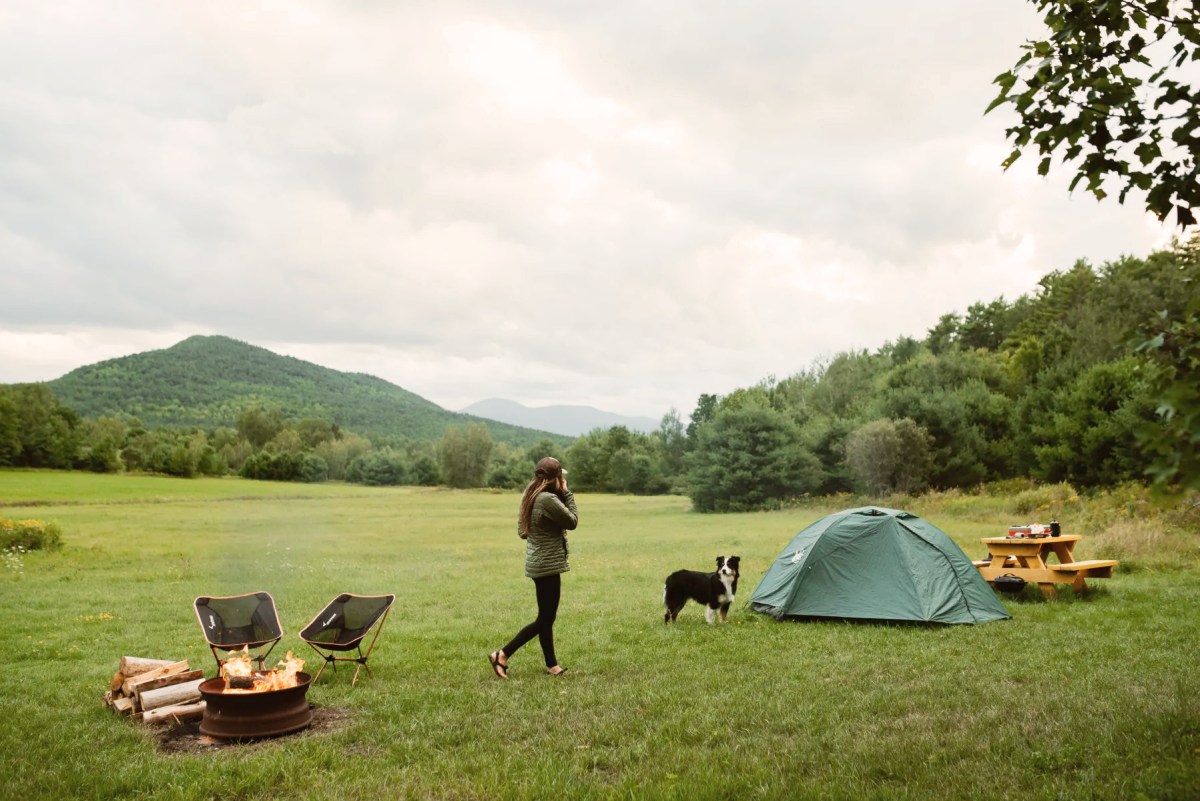
Personal industrial campgrounds are accessible alternate options to nationwide and state park campgrounds—particularly when campsite demand exceeds campsite availability. Along with nationwide chains like KOA (Kampgrounds of America), you can too discover huge numbers of family-owned and impartial campgrounds in addition to RV parks.
Hipcamp, a useful resource for out of doors stays and an REI associate, is one other nice different for locating and reserving personal campsites nationally and worldwide. Hipcamp’s search engine helps you filter by your tenting wants (pets allowed, wheelchair accessible, campfires, and many others.) and your finances. You’ll be able to e book something from a tent website on a ranch to a yurt on the seashore. The “obtainable tonight” function additionally permits you to immediately e book websites, which might be nice in case you’re on a highway journey or are likely to make plans on the fly.
The price of personal campgrounds can differ broadly and is essentially primarily based on what group or particular person you’re utilizing to e book it by means of in addition to what kind of keep you favor (for example, a lodge will typically price greater than a campsite). Hipcamp hosts, for instance, cost a median of $10 to $30 per evening for a tent website and $75 or extra for constructions like cabins, yurts and treehouses.
Different Federal Lands
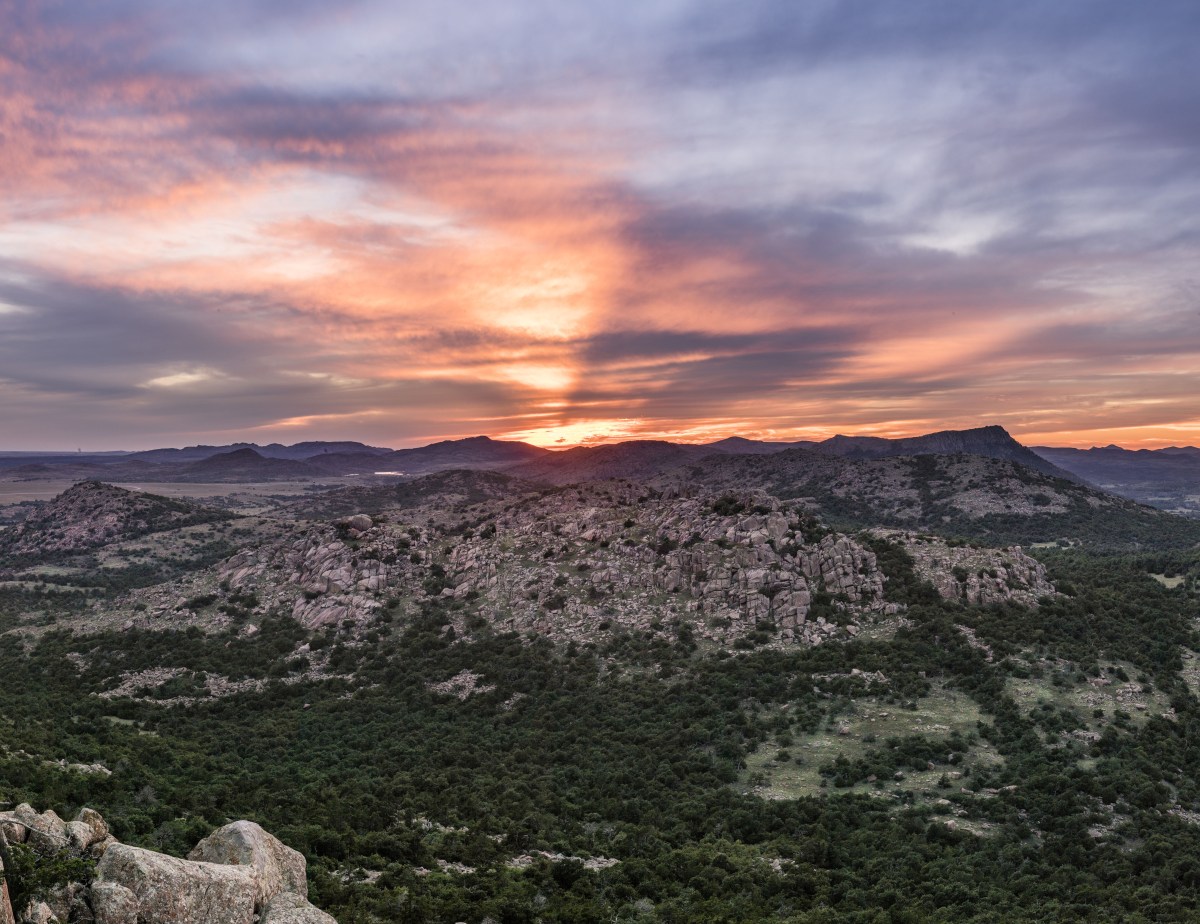
Wilderness areas, wildlife refuges, Wildlife Administration Areas (WMAs), and Military Corps of Engineers properties may additionally have campsites obtainable, however you’ll have to do some homework forward of time to know what kind of tenting is obtainable and what the foundations are. Wilderness areas are restricted to backpackers and should require a allow or reservation. A small variety of wildlife refuges supply dispersed campsites, a few of that are even roadside. Try the U.S. Fish and Wildlife Service’s web site for extra details about tenting in wildlife refuges.
Like wilderness areas, WMAs supply primitive backcountry tenting—which is basically the identical as dispersed tenting besides you’ll should hike in—and should require a free tenting authorization. Nevertheless, they’re solely accessible when you’ve got a legitimate state looking, fishing or trapping license; a legitimate state boat registration; or a each day entry allow. Military Corps of Engineers properties are normally restricted to designated campgrounds; you could find availability and charges on recreation.gov.
Further Suggestions from Inglis and Excessive
When doubtful, name park rangers and different land managers. “They could be busy, however they’re blissful to assist. They’re additionally your finest useful resource for particulars you received’t discover anyplace else, like different websites close to standard areas,” says Inglis.
Deliver money. Particularly, carry small payments for these honor-system kiosks at primitive campgrounds or for if you want a load of firewood from the camp host. Even when you recognize the park the place you’re tenting accepts bank cards, typically the web connection doesn’t work—that is very true in rural areas. “Quite a lot of parks are out in the midst of nowhere, so there won’t be a number of service or communication,” says Excessive. “It’s all the time a good suggestion to have money.”
Know the world’s looking season. The sudden on-trail look of a hunter bearing a rifle may be much less alarming if you recognize you’re visiting a nationwide forest throughout looking season.
Analysis hearth restrictions. No one desires to start out a wildfire. Know the park guidelines and rules round campfires. Excessive says some wildfire-prone forests or parks that do enable campfires might have stipulations, like requiring a 1-gallon bucket of water, a shovel and an axe be current always.
Make the most of last-minute cancellations. Even in notoriously hard-to-book tenting areas like Phantom Ranch within the Grand Canyon, which requires reserving 18 months upfront, you could possibly rating a last-minute spot if somebody cancels, says Excessive. Name the frontcountry or backcountry allow workplace and ask about any last-minute openings. You probably have some flexibility in your schedule, you might simply be in luck.


